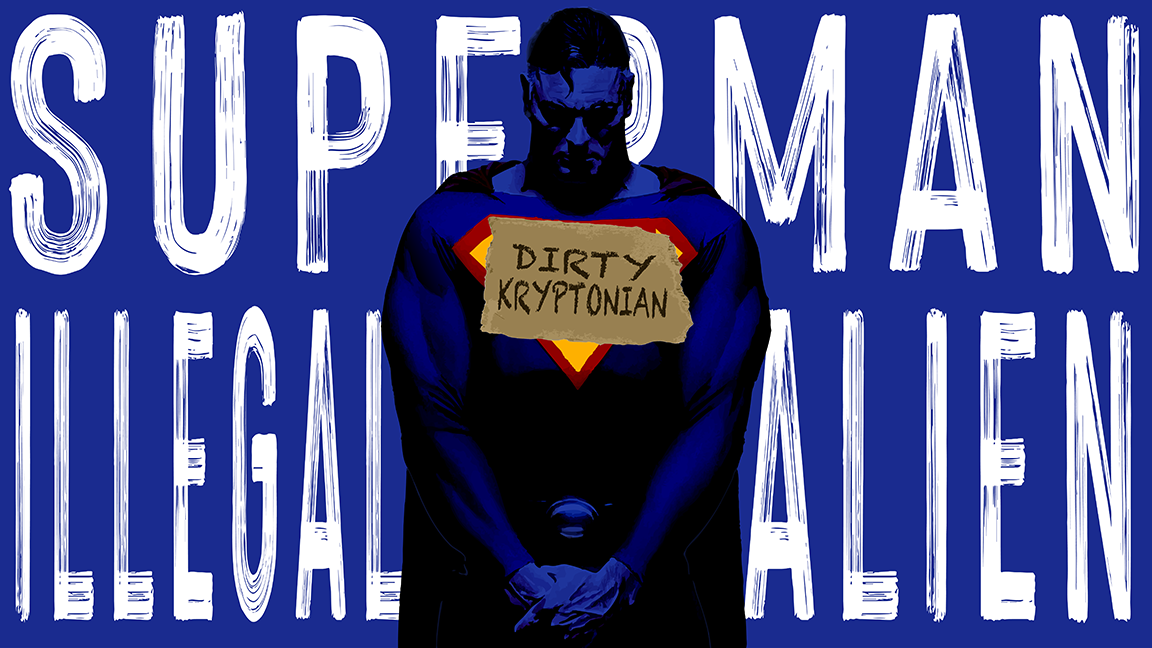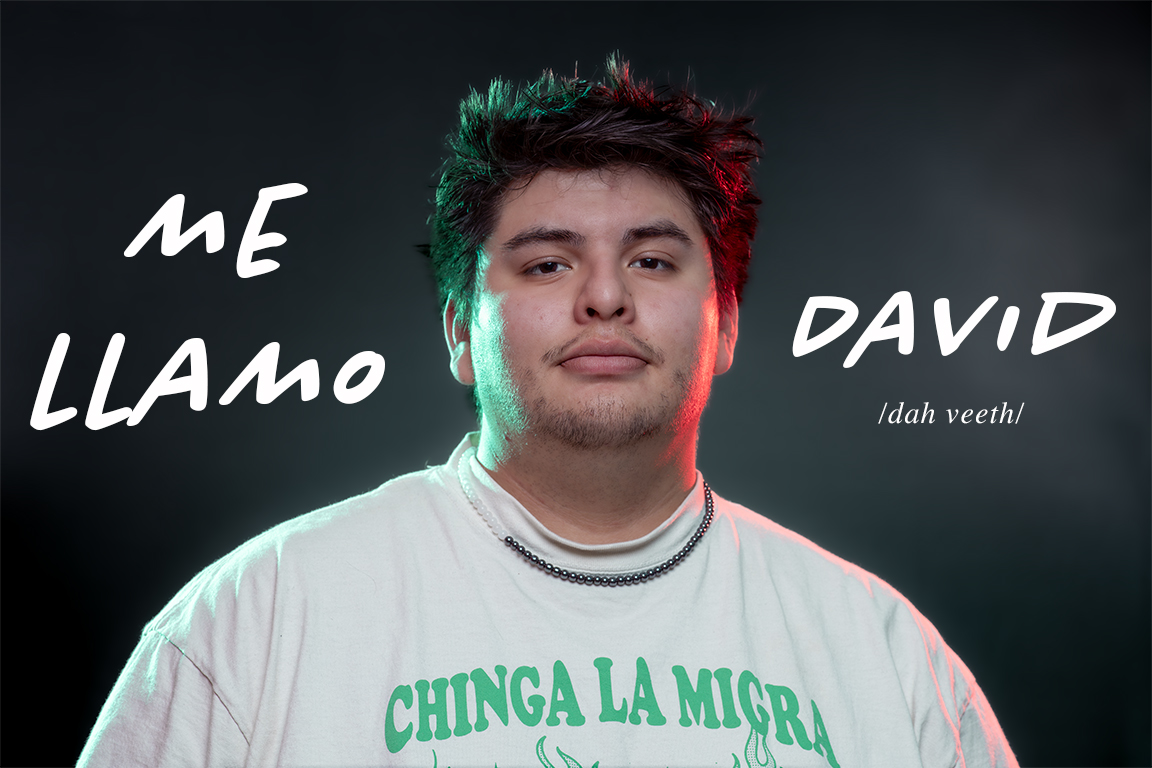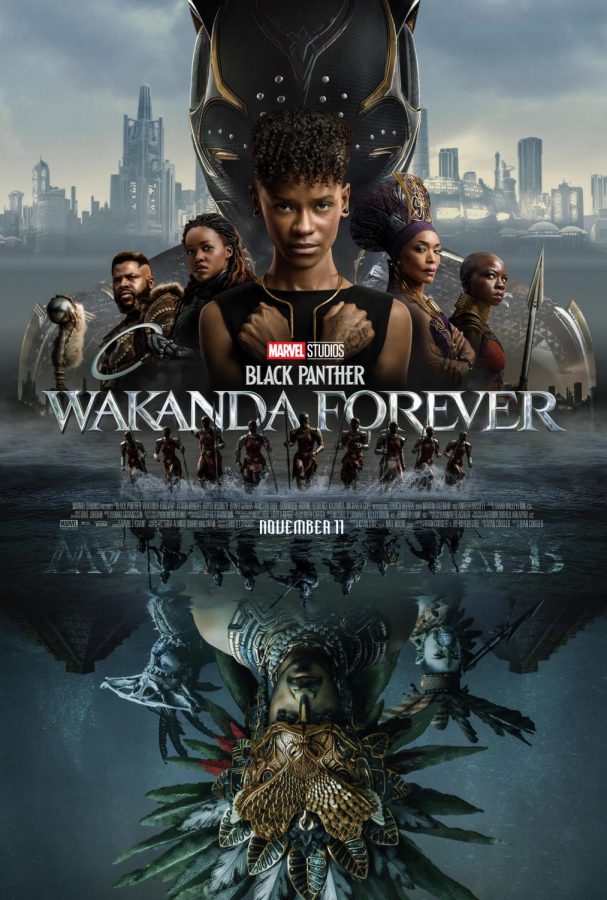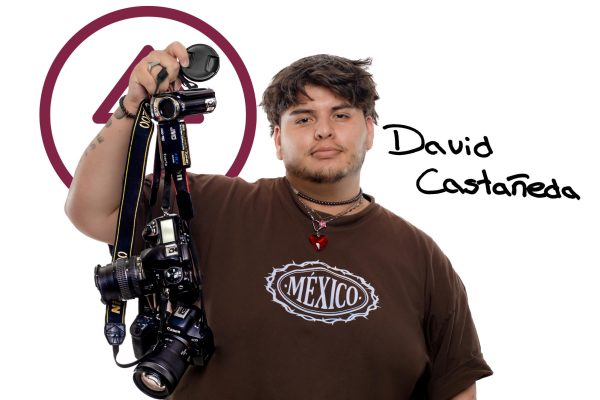In a time when xenophobia and racism continue to rise and marginalized groups continue to grow in fear, I wish we had a hero to show us we can do better. We need Superman.
As of June 2025, over 50,000 individuals have been displaced from their homes by the Trump administration. About half of them lacked a criminal record. Additionally, since early April, over 200 migrants have been sent to a maximum security prison in El Salvador.
Yet amongst the darkness I see on the news every day, I find hope through an immigrant strong enough to destroy the world yet kind enough to love it instead.
“Even in the darkest times, hope cuts through. Hope is the light that lifts us out of darkness” (Superman, CW’s Crisis On Infinite Earths).
At the turn of the 20th century, as antisemitism rose and the safety of Jewish individuals dwindled, two families fled their home countries in hopes for a better tomorrow. Husband and wife Julius Shusterowich and Ida Katharske assimilated into American culture by changing their last name to Shuster. Similarly, married couple Mikhel Iankel Segalovich and Sora Meita Khaikels changed their surname to Siegel.
These were the parents of Joe Shuster and Jerry Siegel, creators of the world’s standard for superheroes as we know them today: Superman.
Superman made his first appearance in DC Comics’s Action Comics #1 on April 18, 1938, approximately a year and a half before the start of World War II. He was born in Krypton, a planet doomed to death after its people carelessly mined its core for resources. Baby Kal-El was sent to Earth by his parents, Jor-El and Lara Lor-Van, as a last hope to keep their kind alive.
Arriving in the fictional city of Smallville, Kansas, Kal-El was taken in by Johnathan and Martha Kent, who falsified his birth certificate to conceal his alien origins and named him Clark Kent.
Amidst the end of the Great Depression and the start of World War II, Superman and other comic book heroes became symbols of hope during the time known as the Golden Age of Comic Books. DC and Marvel Comics reached a high of 1.5 million comics sold a month, filling the void created by the shattered politics of the time. These companies rode this high until the very end of World War II, when the need for heroes plummeted as we entered a time of peace.
Today, it feels as if peace will never come. Whether it’s with other countries or within our borders, the U.S feels at a constant state of struggle. Through the previously mentioned actions of our current administration, the country has normalized referring to their neighbors as “illegals” and “aliens,” terms that, to me, strip us of our humanity solely because of our roots.
Regardless of the impending feeling of history repeating itself and my struggle to fill the hole left by today’s politics, I have found solace in the pages of the Man of Steel.
There are many storylines addressing Superman’s immigrant identity and support of undocumented immigrants. Shortly after President Trump’s attempt to end DACA in early September 2017, Action Comics #987 was released, causing outrage over Superman’s protection of migrant workers.
The panels in the book depict a man wearing a bandana with the American flag on it, pointing a weapon at a group of immigrant workers, and blaming them for his unemployment. The aggressor is then stopped by the Man of Steel, who claims he is at fault for any malice in the man’s soul. Many saw this as DC trying to push an agenda of left-leaning politics.
However, since the beginning, Superman has made it his mission to never give up and fight using kindness as his primary weapon against oppressors like the government.
As far back as his first appearance in Action Comics #1 Superman confronts a fictional U.S senator after discovering he was part of an embezzlement scheme that could lead the U.S to go to war with Europe.
Many tend to critique Superman’s many powers, claiming they make the character boring, but, to me, it’s his ability to destroy us, but his unwillingness to do so that makes him so appealing.
In the second trailer for the 2025 Superman, we see Clark Kent, played by David Corenswet, being interviewed by Lois Lane, played by Rachel Brosnahan. She questions him about the legality of him entering a foreign country as an American hero and getting involved in a war between foreign nations.
We can piece together that Lois is referring to a war between Boravia and Jarhanpur, two fictional Middle Eastern countries set within the DC Universe. This fictional war can be compared to the very real conflicts going on in the Middle East today between Iran, the apartheid state of Israel, and now the United States of America.
I believe Superman can teach the leaders of tomorrow to do better, and the team behind the film seem to think so, too.
“This Superman does seem to come at a particular time when people are feeling a loss of hope in other people’s goodness, I’m telling a story about a guy who is uniquely good, and that feels needed now because there is a meanness that has emerged due to cultural figures being mean online,” director James Gunn said during an interview with Deadline.
In an Amazon Prime advertisement to get tickets to early screenings of the film, we follow a child as they play with a Superman toy. The kid starts to imitate the hero, wearing a cape and posing like him, but realizes they lack the powers of Superman.
Instead, they begin to help out at home and in their community, the way the character would, while saying, “This is a job for Superman!” The advertisement ends with the tagline: “Everyone can be super.”
I believe there’s an underlying message in stories about the Man of Steel. The emblem on his chest is Kryptonian for “Hope,” and hope is what has kept me going through these difficult and confusing times. Hope that there are enough people outside my window with a hunger to help and build up a better world from the shattered pieces given to us by our oppressors, hope that it’ll all be okay in the end, hope that Superman will be here for us someday. He won’t fly or dress in spandex like the one in fiction. It’ll be you.







